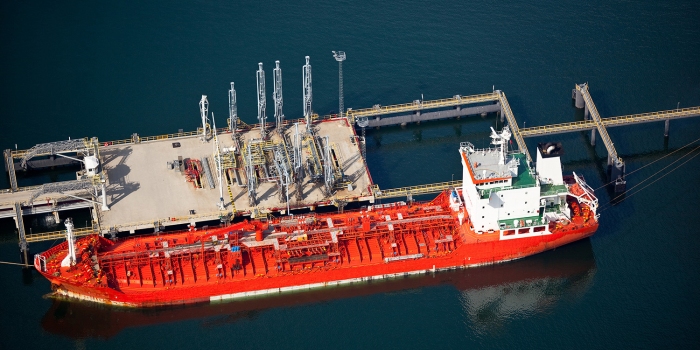Activities
Euroservices
Purging and conditioning of gas carriers
N2-purging
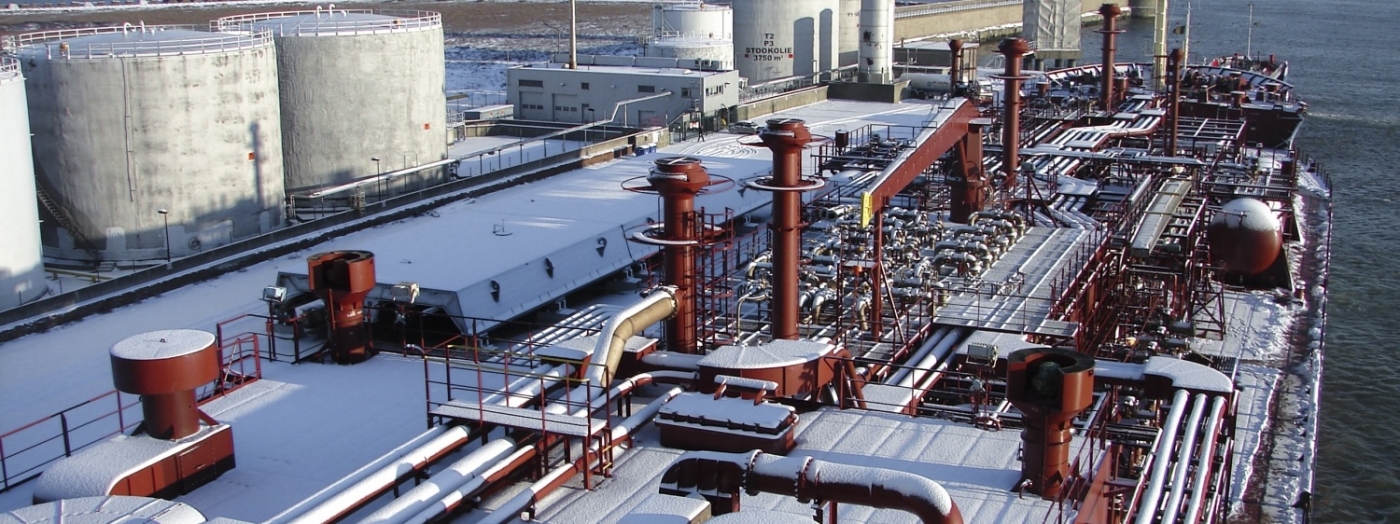
At Euroservices Terminal in Zeebrugge we have permanent 75000 L of nitrogen in stock in order to purge vessel’s cargo tanks on a very flexible way.
A shore nitrogen vaporizer is available to evaporate liquid nitrogen. As a result nitrogen vapours can be delivered to the vessel by using shore pipes, flexible hoses and reducers.
| Physical information | Product specifications | ||
|---|---|---|---|
|
Molecular weight |
28 g/mol |
Global purity |
> 99.999 % Vol. abs |
|
Relative density, gas |
0.97 |
H2O |
< 3 ppm v/v |
|
Relative density, liquid |
0.80 |
O2 |
< 2 ppm v/v |
|
CAS number |
9927-37-9 |
||
Download Safety Data Sheet
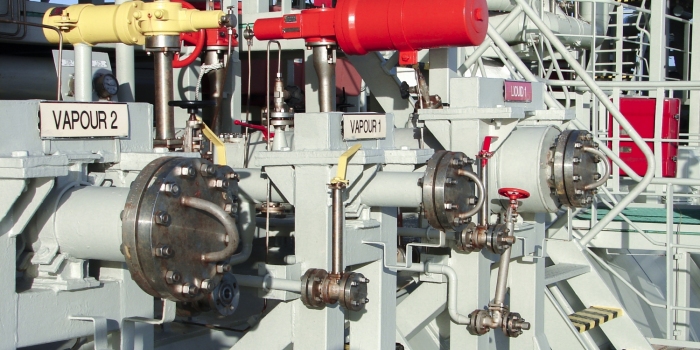
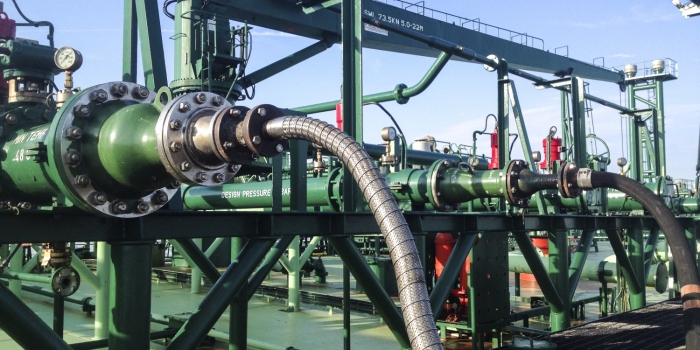
In order to purge cargo tanks under last cargo vapours a ground flare stack is available at the terminal. Our flare stack has a capacity of approx. 850-900 CBM/hr and is suitable for burning all common LPG cargoes (C2-C3-C4-C5 type).
Purging will be done till the requested specification is reached. This is mostly a percentage of last cargo content or below the Lower Explosion Limit (LEL) in order to open tanks for further ventilation.
An independent surveyor can be appointed in order to monitor and issue analytical reports or gas free certificates. SGS has a lab with all testing equipment available at our office.
As a result your vessel will leave our terminal with correct and requested certificates.
When cargo tanks are under breathable air (ex drydock, repairs, inspection,…) purging has to be performed prior to loading. This operation can easily be done at Euroservices Terminal. Nitrogen vapours can be delivered with a maximum flow rate of 3000 CBM/hr. If needed, an extra N2-superheater is available to raise the temperature of nitrogen vapours to +70°C just before the vessel’s manifold.
Purging will be done till the requested oxygen content or dewpoint is reached.
An independent surveyor can be appointed in order to monitor and issue an analytical report, stating oxygen content and dewpoint. SGS has a lab with all testing equipment available at our office.
As a result your vessel will leave our terminal with correct and requested certificates.
Ventilation of cargo tanks

At Euroservices Terminal mobile shore based hot air fans are available in order to vent or dry cargo tanks. Our hot air fans have a capacity between 12000-15000 CBM air/hr.
They are often used to bring cargo tanks under breathable air, mostly for visual inspections, repairs or for just drying cargo tanks.
Upon completion of ventilating, an independent surveyors is available at the terminal in order to perform a visual inspection of the cargo tanks and consequently to issue relevant certificates (tank cleanliness inspection report, gasfree certificate, etc…)
Conditioning of cargo tanks
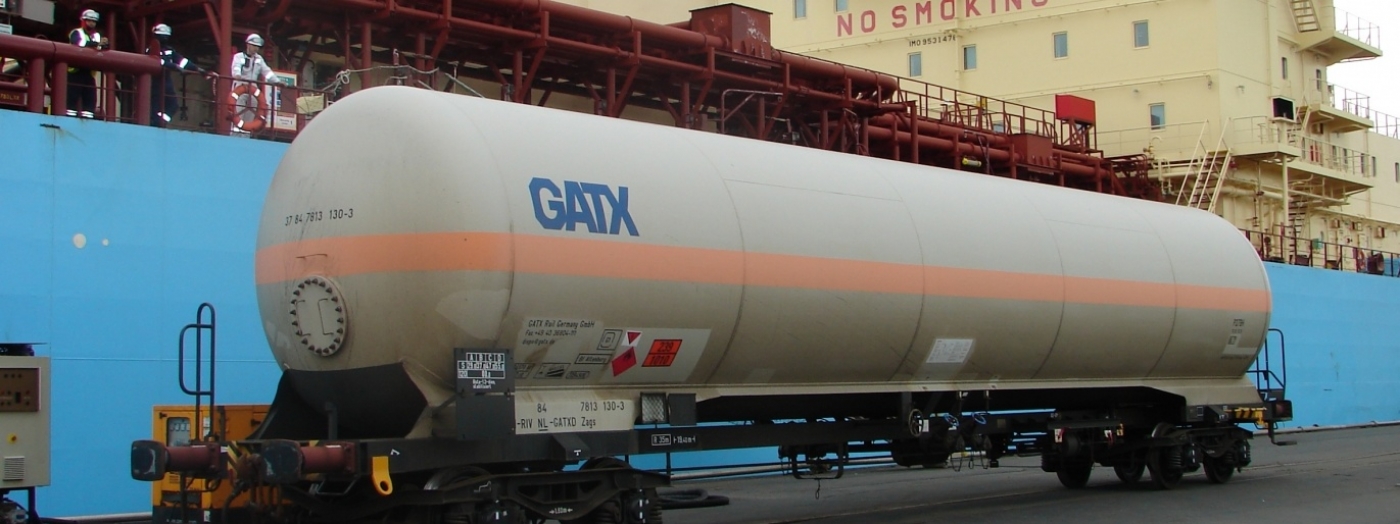
Upon request, Euroservices Terminal can deliver a wide range of coolants in order to condition the cargo tanks of the vessel.
|
Available coolants at Euroservices Terminal |
|---|
|
Butane, Propane, Propylene PG, Ammonia, Butadiene, VCM
New as from 2014: ETHYLENE & LNG ! |
This means that after purging activities cargo tanks can be brought under cargo vapours of the next loading. As a result, the vessel can proceed directly to the loading terminal, ready for immediate loading activities.
Above mentioned coolants can be transported by truck or railcar to our terminal and can be delivered to the vessel in vapours (gassing up) or in liquid (loading of coolant parcel).
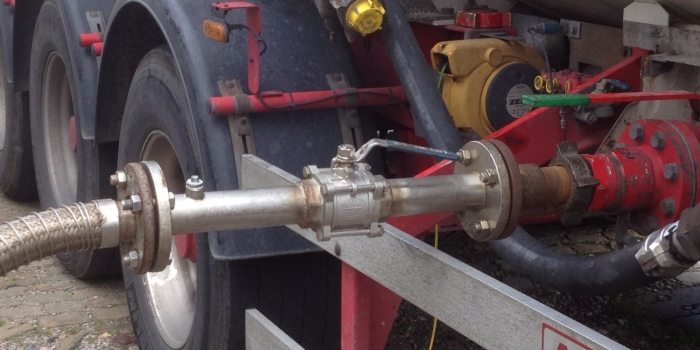
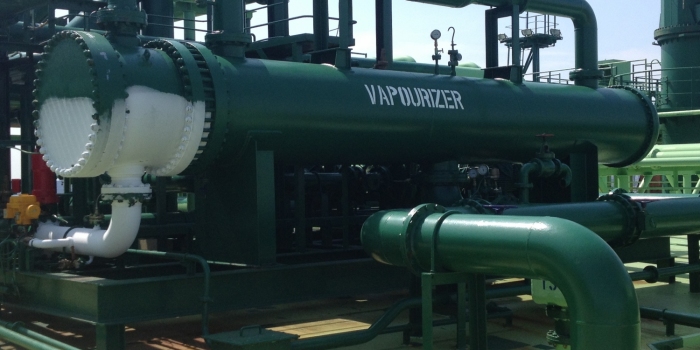
Cargo tanks can be brought under cargo vapours of the next loading. The requested coolant will be transported in liquid by truck or railcar and will be evaporated by our shore vaporizer. Our shore vaporizer has a capacity of approx. 2MT/hr. While gassing up the cargo tanks, a vapour return line is connected to our flare stack to release all inert gases.
This gassing up operation has the advantage that vessels arrive at the loading terminal with cargo tanks “ready to load”.
Again, an independent surveyor is available at our terminal to issue an analytical report, stating that vessel has been entirely gassed up.
Instead of gassing-up cargo tanks it is also possible to deliver the requested coolant in liquid into the vessel’s cargo tanks or deck tanks. Special cryogenic hoses and reducers are available to make connection between truck/railcar and vessel’s manifold.
Delivery of liquid gases can be done at a rate of approx. 20MT/hr. The vessel will than gas up enroute to next destination.
Purging on location
We can investigate possibilities to arrange nitrogen purging of vessels cargo tanks on location by use of mobile installation. Mobile units are available and ready to use outside Zeebrugge.
For example, nitrogen purging can be done at drydock, at lay-by berth,… In the past even LNG tankers have been purged with nitrogen at Fluxys LNG Terminal Zeebrugge.
Depending on scope of work several mobile units (buffer tanks, ambient heaters,…) are available.
Advantage:
- experience and know how by Euroservices
- attendance if necessary
- fixed N2 prices
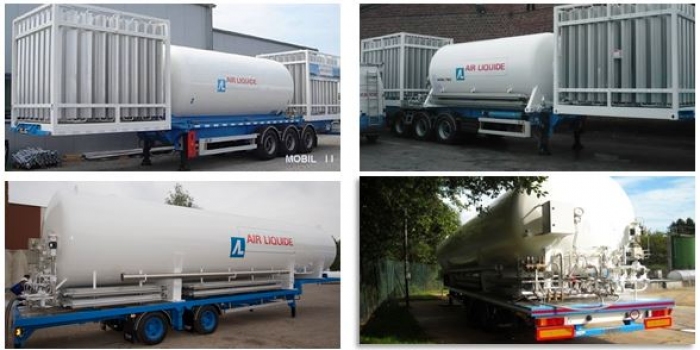
Gas recovery
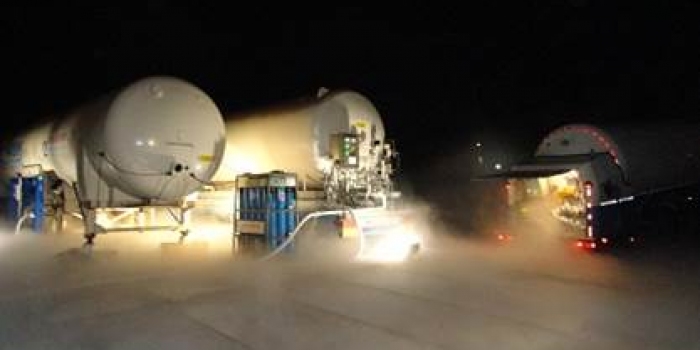
Euroservices is currently investigating possibilities to recover last cargo vapours by use of cryogenic condensation. It is our intention to test a mobile cryogenic condensation unit in the first half of 2014.
Consultancy
During 4 decades, we have gathered quite some experience in purging, cleaning and conditioning of gas carriers. As a result we are assisting and advising our customers in this specific field of business and are able to attend vessels at all ports worldwide.
